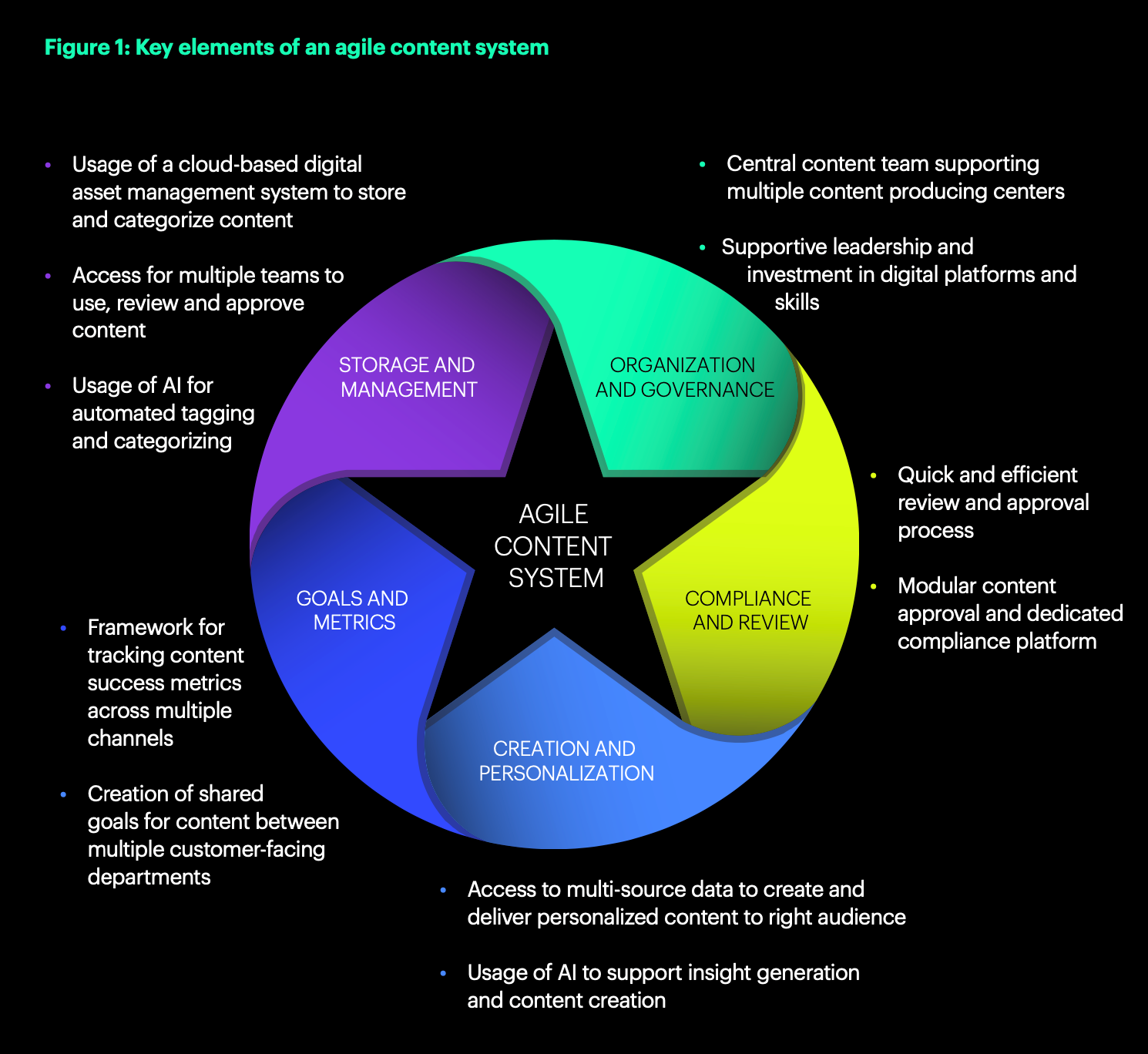Summary
Hosted by Jeff Gourdji and Priya Aneja, Prophet’s Healthcare Changemakers podcast is where healthcare leaders who are driving change in their organizations, as well as today’s healthcare experience, share their stories. In this podcast, you’ll hear from industry-leading healthcare professionals about their personal transformation journeys and what organizations can do to create the next wave of growth today and in the future.
Episodes
18. What We’ve Learned About Changemakers
Jeff, Lindsey, Priya and senior editor Anna Kuno look back at 2022 and look ahead at what’s next, including a new name for the podcast. The hosts reflect on topics that have stood out, lessons they have learned, and things that have surprised them, as well as why the show is now called Healthcare Changemakers.
17. Thomas Cornwell MD of Village Medical at Home
Dr. Thomas Cornwell, National Medical Director of Village Medical at Home, has made more than 34,000 house calls. That’s astounding considering that home-based visits haven’t traditionally been considered to be a profitable service line. Nothing has been shown to reduce hospitalizations on the sickest patients in society as much as home-based primary care, but the economics haven’t added up until players like Village Medical have found a place for it in their value-based care models. Take a detailed look at the economic engine behind “doing the right thing” and how aligning incentives has transformed the state of home-based care.
16. Dan Liljenquist of Intermountain Healthcare
Dan Liljenquist, Senior Vice President and Chief Strategy Officer for Intermountain Healthcare, discusses physician shortages, the economics of drug development and distribution, and his career path with and before Intermountain Healthcare. Value-based care isn’t a destination; it’s an evolution. Learn where Dan sees that evolution going next and how it has led to the creation of the nonprofit generic drug manufacturing company Civica Rx.
15. A. J. Loiacono of Capital Rx
A. J. Loiacono, CEO of Capital Rx, believes in unlocking the power of the pharmacist in the healthcare value equation. If we can stop fighting over drug pricing and just let buyers and sellers freely communicate, it would free up pharmacists to be more innovative. Learn how Capital Rx is challenging the traditional PBM (pharmacy benefit manager) space and transforming drug pricing once and for all.
14. Jamey Edwards of StartUp Health
Jamey Edwards, Chief Platform Officer at StartUp Health, sees transformation through the eyes of hundreds of entrepreneurs that he supports. Their collective efforts are making progress in key areas such as improving access, reducing bias, and addressing health equity. Learn how StartUp Health’s portfolio companies are gaining traction and overcoming blockers of innovation that have limited the industry’s progress until now.
13. Snezana Mahon, Transcarent
Snezana Mahon, Chief Operating Officer at Transcarent, shares how transparency, care, and empowerment are vital components of a transformation. An empowered healthcare consumer understands the choices that they need to make and has the right information at their fingertips to make those choices. Learn how Transcarent is focusing on the longitudinal experience of care in oncology, behavioral health, and more.
12. Dr. Shoshana Ungerleider, End Well
Dr. Shoshana Ungerleider, founder and president of End Well, shares how the practice of medicine is changing to better serve end-of-life needs. Without the proper training and education, it can be challenging for healthcare professionals to know where palliative care fits in their patients’ treatment. Learn how End Well is working to transform the dialogue about end-of-life care and honor the needs of patients and their loves ones.
11. Tony Ambrozie, Baptist Health South Florida
Tony Ambrozie, Senior Vice President and Chief Digital and Information Officer at Baptist Health South Florida, shares how he represents consumers’ digital needs in their personal health journeys. Clinicians are heroes for the most important part of a patient’s journey – providing their care – but it isn’t the only part of the journey. Learn how Tony employs lessons he learned from his time at The Walt Disney Company, why communications preferences are considered table stakes, and how empathy for the operations team goes a long way.
10. Joneigh Klaldun, CVS Health
Dr. Joneigh Khaldun, Vice President and Chief Health Equity Officer at CVS Health, shares the impact when organizations move beyond buzzwords and embark on a health equity transformation. Disparities aren’t inevitable, and there’s no gene that says that you should have a lower quality of life because of the color of your skin. Learn how to recognize the existence of implicit bias, collect data at scale, and use that data to address disparities in care.
9. Alistair Erskine MD of Mass General Brigham
Dr. Alistair Erskine, Chief Digital Health Officer at Mass General Brigham, breaks down what’s coming next as major medical institutions embrace the next phase of their digital transformation. While data is currency in managing patient care, it hasn’t been fully unlocked at scale yet. Learn how Mass General Brigham is aligning key digital components of their business model, operations, clinical workforce, and more, to provide a more satisfying patient experience.
8. Tamara Ward of Oscar Health
Tamara Ward, SVP of Insurance Business Operations at Oscar Health, shares what happens when you put empathy at the center of the transformation equation. Sometimes starting and failing at transformation is still better than never trying it at all because of what you learn along the way. Learn how Tam has learned to align transformation with the core competencies of the business and not get distracted by the hot topics of the moment.
7. Michelle Lockyer
Michelle Lockyer knows that the pace of transformation can affect the ultimate result in large, established organizations. The longer that a transformation continues, the more challenging it can become for leaders to keep up the momentum and for team members to stay engaged. Learn the myths and realities of transformation in the biotech space, including the three steps on Michelle’s 90-day checklist, her tips for constructing a strong purpose statement, and the attributes she looks for in leaders to drive long-term change.
6. Myoung Cha of Carbon Health
Myoung Cha, President of Omnichannel Care & Chief Strategy Officer at Carbon Health, knows that behavior change takes more than just sharing information. Human beings are wired to act on short-term outcomes rather than longer-term habits where behavior problems often occur. Learn how Carbon Health is creating a new kind of primary care by filling care gaps, creating tighter feedback loops, and leaning into ambiguity.
5. Nick Patel of Prisma Health
Dr. Nick Patel, chief digital officer at Prisma Health, shares what the 2025 version of a holistic experience strategy looks like, and what he’s working on today to get there. Shifting from fragmented care to connected ecosystems requires governance and alignment so that IT, informatics and medical groups can all look in the same direction. Learn the types of personas and data sources that Dr. Patel’s team uses to complete the patient picture and help physicians to provide more personalized, effective care.
4. Stella Sanchez of Teladoc Health
Stella Sanchez, VP of consumer marketing at Teladoc Health, shares how building loyalty with consumers makes it easier to drive behavior change. Transformation requires inspiration, and that inspiration needs to come from a clear vision. Learn how Stella’s team uses a B2B2C marketing model to clearly articulate their vision not just for their client partners, but for the consumers whom they serve.
3. Matt Gove of Summit Health
Matt Gove, chief marketing officer at Summit Health, discusses what health system leaders can learn from the transformation story of merging brands and growing relentlessly during the pandemic. Matt shares lessons about providing access to all the right care, developing the right type of relationships with consumers and the need to bring operations into patient experience work much earlier in the process. Learn more about Summit Health’s ongoing transformation work that has continued since their merger with CityMD, the leading urgent care provider in New York.
2. Mary Varghese Presti of Dragon Medical
Mary Varghese Presti, SVP & GM of Dragon Medical, shares her experience setting the pace and direction for innovation at the same time. She explains the need for having not just a vision and inspiration for transformation, but also the execution and sweat equity to drive it to the destination.
1. Nishi Rawat MD of Bamboo Health
Nishi Rawat MD, chief clinical officer of Bamboo Health, shares her experience in addressing whole-person health by attacking the twin epidemics of opioid abuse and mental health. There is an expectation for transformation in healthcare to happen quickly, but Nishi sees it happening incrementally, and it’s almost unnoticeable at times. Learn more about the work that their team at Bamboo Health is doing to make a difference.
More episodes will be added as the season progresses.
Are you a healthcare leader hoping to join the discussion? Reach out to Jeff, Lindsey or Priya today.












